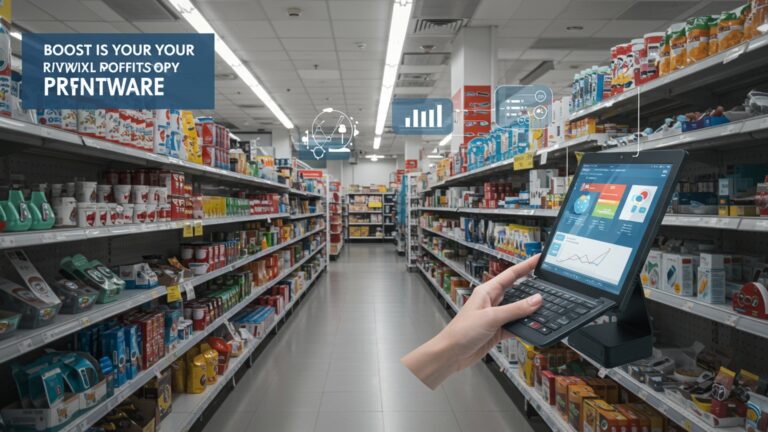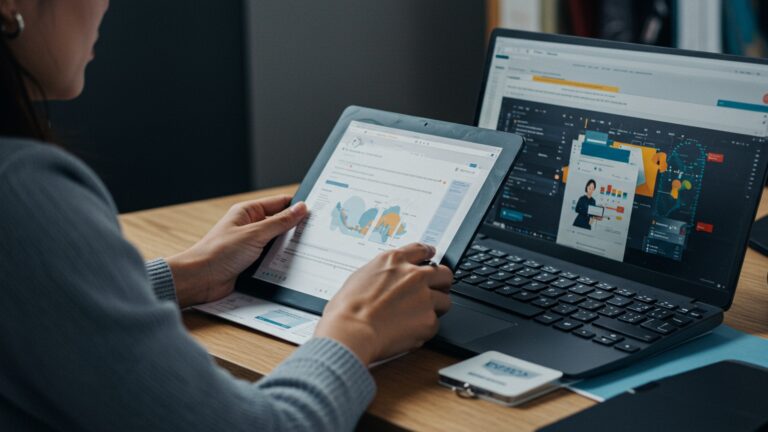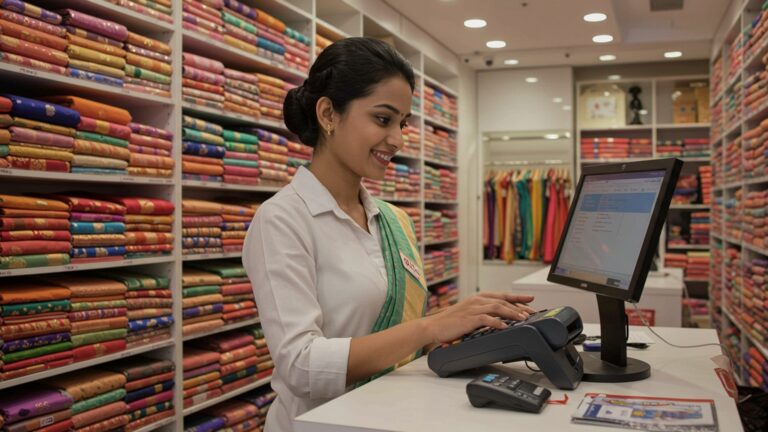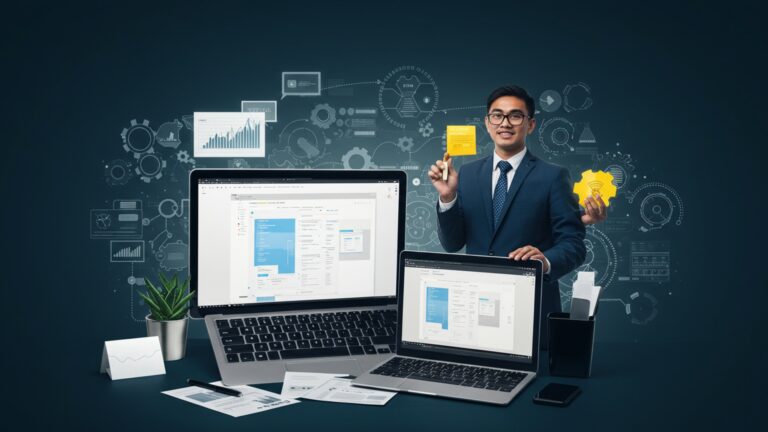How to Optimize Your Grocery Store with the Right POS Software Solutions
Shrinking margins and escalating customer expectations are redefining success for grocery stores, pushing beyond traditional operational models. The strategic advantage now lies in implementing advanced pos software for grocery store environments, transforming mere transaction processing into a powerful engine for efficiency. Modern systems, like those integrating AI-driven inventory analytics and supporting diverse payment methods from tap-to-pay to mobile wallets, address critical pain points such as stockouts and slow queues. This evolution moves far beyond basic scanning, offering real-time data insights into sales trends, enabling precise demand forecasting. streamlining supply chain logistics. Leveraging such comprehensive solutions empowers grocers to significantly reduce operational overhead, minimize food waste. cultivate a truly frictionless shopping experience, crucial for thriving in today’s competitive retail landscape.
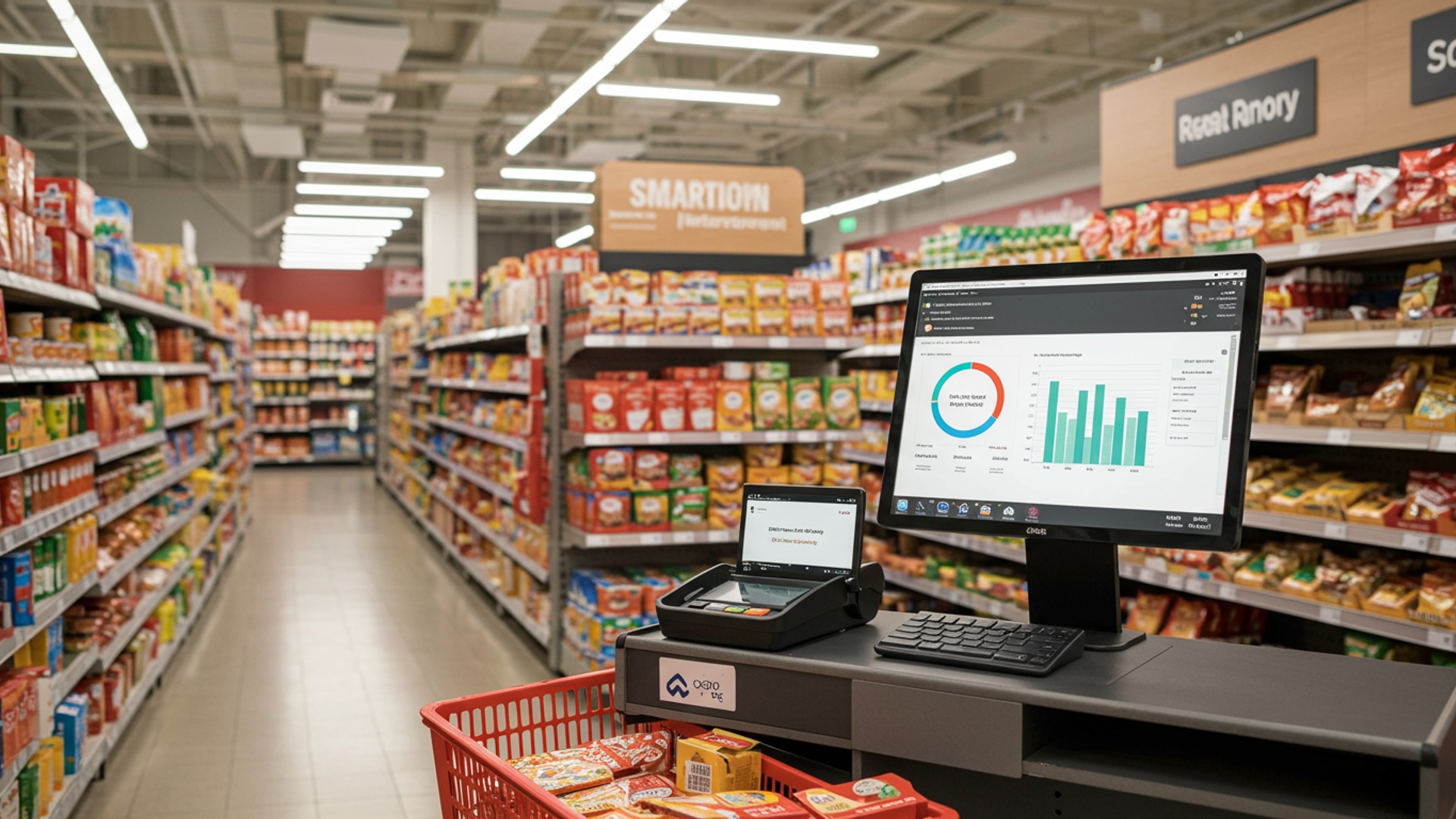
Understanding POS Software for Grocery Stores: More Than Just a Cash Register
In the bustling world of grocery retail, efficiency and customer satisfaction are paramount. Gone are the days when a simple cash register sufficed. Today, optimizing a grocery store demands a sophisticated tool capable of managing everything from inventory to customer loyalty. This is where specialized Point of Sale (POS) software comes into play. Essentially, pos software for grocery store is a comprehensive system that processes transactions, tracks sales, manages inventory. integrates various operational aspects of your store into a single, cohesive platform. It’s the central nervous system of your business, designed to handle the unique challenges of perishable goods, variable pricing. high transaction volumes typical of grocery environments.
Unlike generic retail POS systems, grocery-specific solutions are engineered to address nuances like weighted items (e. g. , produce, deli meats), complex loyalty programs, age verification for restricted items. rapid checkout speeds. Understanding its capabilities is the first step towards transforming your store’s operations and enhancing profitability.
The Transformative Benefits of Dedicated POS Software for Grocery Store Operations
Implementing the right pos software for grocery store can unlock a multitude of benefits, directly impacting your bottom line and customer experience. These aren’t just incremental improvements; they represent a fundamental shift in how a grocery business operates.
- Streamlined and Faster Checkouts
- Precision Inventory Management
- Enhanced Customer Experience
- Data-Driven Decision Making
- Reduced Operational Costs
Speed is crucial in a grocery store. Advanced POS systems facilitate quicker transactions through efficient barcode scanning, integrated payment processing. intuitive user interfaces, significantly reducing customer wait times.
This is arguably one of the most critical aspects for grocery stores. The right POS tracks every item, from fresh produce to canned goods, in real-time. It helps manage expiration dates, automate reordering based on sales data. minimize spoilage and waste. For instance, a store using a robust POS might see a 15-20% reduction in inventory shrinkage due to better tracking and forecasting.
With integrated loyalty programs, personalized promotions. faster service, customers feel valued and are more likely to return. The POS can store purchase history, enabling tailored marketing efforts.
Every transaction and inventory movement generates valuable data. A sophisticated pos software for grocery store provides powerful analytics and reporting tools, offering insights into peak sales times, best-selling products, employee performance. profit margins.
By automating tasks like inventory counts, order generation. sales reconciliation, your staff can focus on customer service rather than manual data entry, leading to greater efficiency and lower labor costs.
Key Features to Look for in Your Grocery Store POS Solution
When evaluating pos software for grocery store options, specific features stand out as essential for tackling the unique demands of the industry. Prioritizing these functionalities will ensure your investment yields maximum returns.
- Integrated Weighing Scale Support
- Robust Inventory Management with Perishables Tracking
- Customer Relationship Management (CRM) & Loyalty Programs
- Detailed Reporting and Analytics
- Employee Management
- Multi-Store Capabilities
- E-commerce Integration
- Payment Processing Flexibility
Seamless integration with digital scales is critical for produce, deli. bulk items, ensuring accurate pricing and eliminating manual entry errors.
Beyond basic stock counts, the system should handle batch tracking, expiration dates. FIFO (First-In, First-Out) inventory principles to minimize waste of perishable goods.
Ability to manage customer profiles, track purchase history. implement flexible loyalty points, discounts. coupon redemption schemes.
Comprehensive dashboards and customizable reports on sales trends, inventory turnover, employee performance. profit margins are vital for strategic planning.
Features for tracking employee hours, managing shifts, assigning roles. monitoring sales performance per employee.
For growing businesses, the ability to manage multiple locations from a central dashboard, including inventory transfers and consolidated reporting.
The modern grocery store often has an online presence. Your POS should ideally integrate with your e-commerce platform for synchronized inventory and sales data.
Support for various payment methods, including EMV chip cards, contactless payments, mobile wallets. gift cards, to cater to all customer preferences.
Consider a scenario where a small family-owned grocery store, “Fresh Picks Market,” decided to upgrade their archaic cash registers. They chose a pos software for grocery store that offered integrated scales and robust inventory tracking. Within three months, they reduced their produce spoilage by 18% and saw a 10% increase in repeat customers due to their new loyalty program, directly attributable to the system’s capabilities.
Cloud-Based vs. On-Premise POS Software for Grocery Stores: A Comparison
When selecting pos software for grocery store, one fundamental decision involves the deployment model: cloud-based or on-premise. Each has distinct advantages and disadvantages that can impact your store’s operations, budget. scalability.
| Feature | Cloud-Based POS | On-Premise POS |
|---|---|---|
| Data Storage | Data stored remotely on vendor’s servers (internet required). | Data stored locally on your own servers (internet optional for core functions). |
| Upfront Cost | Lower initial cost (subscription model). | Higher upfront cost (hardware, software license, installation). |
| Ongoing Costs | Monthly/annual subscription fees, often includes support and updates. | Maintenance, IT support, manual updates, potential license renewals. |
| Accessibility | Access from anywhere with internet, on multiple devices. | Primarily accessible from the store, limited remote access without VPN. |
| Updates & Maintenance | Automatic updates, vendor handles maintenance and security. | Manual updates, your IT team responsible for maintenance and security. |
| Scalability | Easily scalable, add/remove terminals or features as needed. | Scalability can be more complex and costly, requiring hardware upgrades. |
| Security | Vendor responsible for data security, often robust protocols. | Your responsibility to manage data security and backups. |
| Internet Dependence | Highly dependent on stable internet connection. | Can operate offline, though some features may require internet. |
For most modern grocery stores, especially those seeking flexibility, lower upfront costs. remote management capabilities, cloud-based pos software for grocery store is often the preferred choice. But, stores with specific security requirements or unstable internet access might still find on-premise solutions more suitable.
Implementing Your New POS Software for Grocery Store: A Strategic Approach
Adopting new pos software for grocery store is a significant undertaking that requires careful planning and execution. A strategic implementation process ensures a smooth transition and maximizes the benefits of your new system.
- Needs Assessment
- Vendor Selection and Demo
- Hardware Procurement
- Data Migration and Setup
- Staff Training
- Phased Rollout or Go-Live
- Ongoing Support and Optimization
Begin by thoroughly evaluating your current operational pain points, desired functionalities. budget. What specific challenges do you want the POS to solve? What are your must-have features?
Research various POS providers specializing in grocery. Request demos to see the software in action and ask specific questions about how it handles your unique operational scenarios (e. g. , weighted items, complex discounts). Don’t hesitate to ask for references from other grocery store owners.
Determine the necessary hardware components – touch-screen terminals, barcode scanners, receipt printers, cash drawers, customer displays. integrated scales. Ensure compatibility with your chosen software.
This involves inputting all your product data (SKUs, prices, categories, inventory levels), supplier details. employee details into the new system. This step is critical for accuracy.
Example Product Data Entry (Simplified):
Product_ID: 1001
Item_Name: Organic Bananas
Category: Produce
Unit_Type: LB (Pound)
Price_Per_Unit: 0. 79
Min_Stock_Level: 50
Current_Stock: 120
Supplier_ID: S001
Comprehensive training for all staff members, from cashiers to inventory managers, is essential. Ensure they interpret how to process transactions, manage returns, apply discounts. perform basic troubleshooting. Well-trained staff are happier and more efficient.
Depending on your store’s size, you might opt for a phased rollout (e. g. , one department at a time) or a full go-live. Plan for a period of adjustment and have support staff on standby.
Post-implementation, leverage vendor support for any issues. Continuously monitor performance, gather feedback from staff. explore advanced features to further optimize your operations. Many grocery stores find that after initial setup, they discover even more ways to use their pos software for grocery store to their advantage, such as refining loyalty programs or automating specific reports.
By following these steps, you can ensure that your transition to a new pos software for grocery store is smooth, effective. ultimately contributes to the long-term success of your business.
Conclusion
Optimizing your grocery store with the right POS software is more than just an upgrade; it’s a strategic investment in efficiency and future growth. My personal tip is to look beyond just the transaction speed; critically assess features like robust real-time inventory synchronization that prevents common “ghost inventory” issues, or integrated loyalty programs that track customer preferences for personalized offers. As recent developments show, shoppers now expect seamless experiences, from quick self-checkout options to touchless payment solutions, all facilitated by a modern system. The actionable takeaway here is to meticulously evaluate providers, ensuring their software aligns with your unique operational flow, not just generic retail needs. A well-chosen POS, like one that offers predictive analytics for fresh produce ordering, can drastically reduce waste and elevate customer satisfaction. For deeper insights into implementation, consider reviewing articles like How to Implement POS Software for Your Grocery Store to Boost Efficiency. Embrace this opportunity to transform your grocery store from a mere transaction point into a truly optimized, customer-centric hub, ready to thrive in a competitive market.
More Articles
Simplify Your Transactions How to Choose the Best POS Billing Software
Boost Your Retail Business How to Master POS Software for Seamless Management
Your Ultimate Guide How to Select the Right POS Software for Small Businesses
How to Choose the Best Cloud Based POS Software for Your Growing Business
Learn How to Streamline Billing and POS Software for Seamless Business Operations
FAQs
Why is a good POS system so crucial for a grocery store?
A solid POS system is the backbone of an efficient grocery store. It speeds up transactions, keeps track of your stock, helps manage staff. gives you crucial insights into sales performance. Without it, you’re pretty much guessing, which can lead to lost sales, wasted time. unhappy customers.
How can POS software help me manage my inventory better?
It’s a game-changer for inventory! A good POS tracks every item sold, automatically updates stock levels. can even alert you when items are running low or nearing their expiration date. This means less manual counting, fewer out-of-stock items. less wasted product because you’re ordering smarter and more efficiently.
What specific features should I look for in a grocery store POS?
Look for features like scale integration (for produce, deli), robust inventory management with expiry date tracking, quick item lookup, support for loyalty programs, integration with payment processors. strong reporting tools. Employee management and multi-store capabilities (if you have them) are also big plusses.
Can a POS system improve the checkout experience for my customers?
Absolutely! Faster scanning, quick and diverse payment processing options. accurate pricing mean shorter lines and happier customers. Many systems also offer self-checkout options or mobile POS devices for flexibility, further streamlining the whole process during peak hours.
What about reporting and analytics? How does a POS help there?
This is where you get smart about your business. A good POS generates detailed reports on sales trends, popular products, peak hours, employee performance. even profit margins. These insights help you make informed decisions about stocking, staffing. promotions, ultimately boosting your bottom line.
Is it hard to train my staff on a new POS system?
It depends on the system. modern POS software is often designed to be very user-friendly with intuitive interfaces. Many providers offer training and support. once staff get the hang of it, it usually makes their jobs easier and more efficient, reducing errors and speeding up service.
Can a POS help with customer loyalty programs?
Definitely! Many POS systems have built-in loyalty program features or integrate seamlessly with third-party solutions. You can track customer purchases, offer points, discounts, or special promotions. communicate directly with loyal shoppers. This helps encourage repeat business and builds stronger customer relationships.

